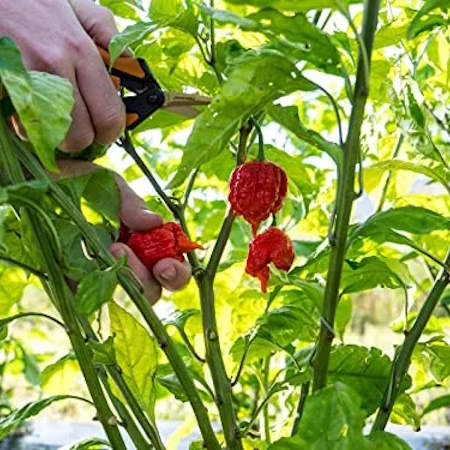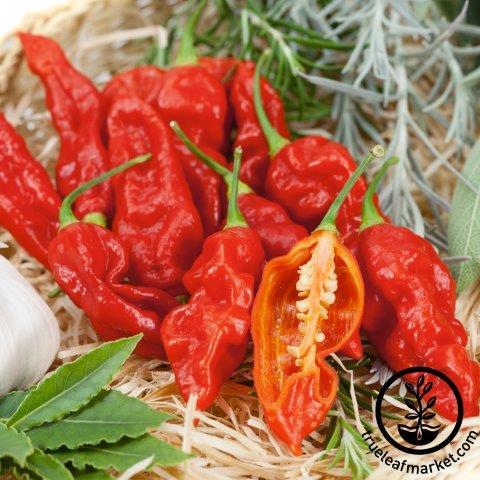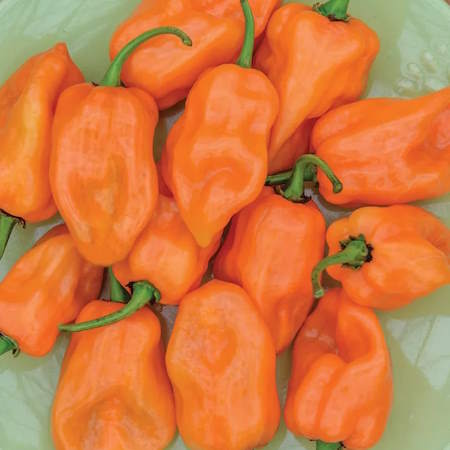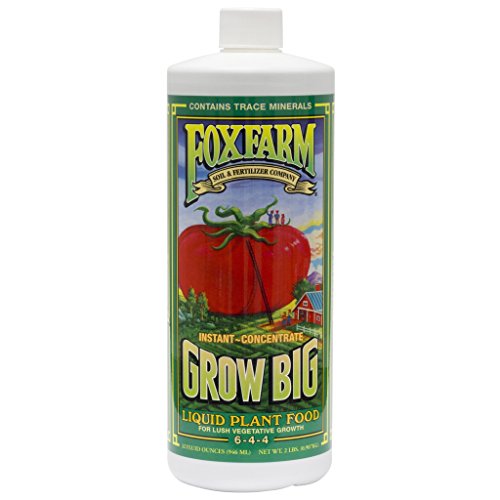How to grow hotter peppers – and add extra fire to your chilis
Discover four techniques that will push the heat of any chili variety to the max

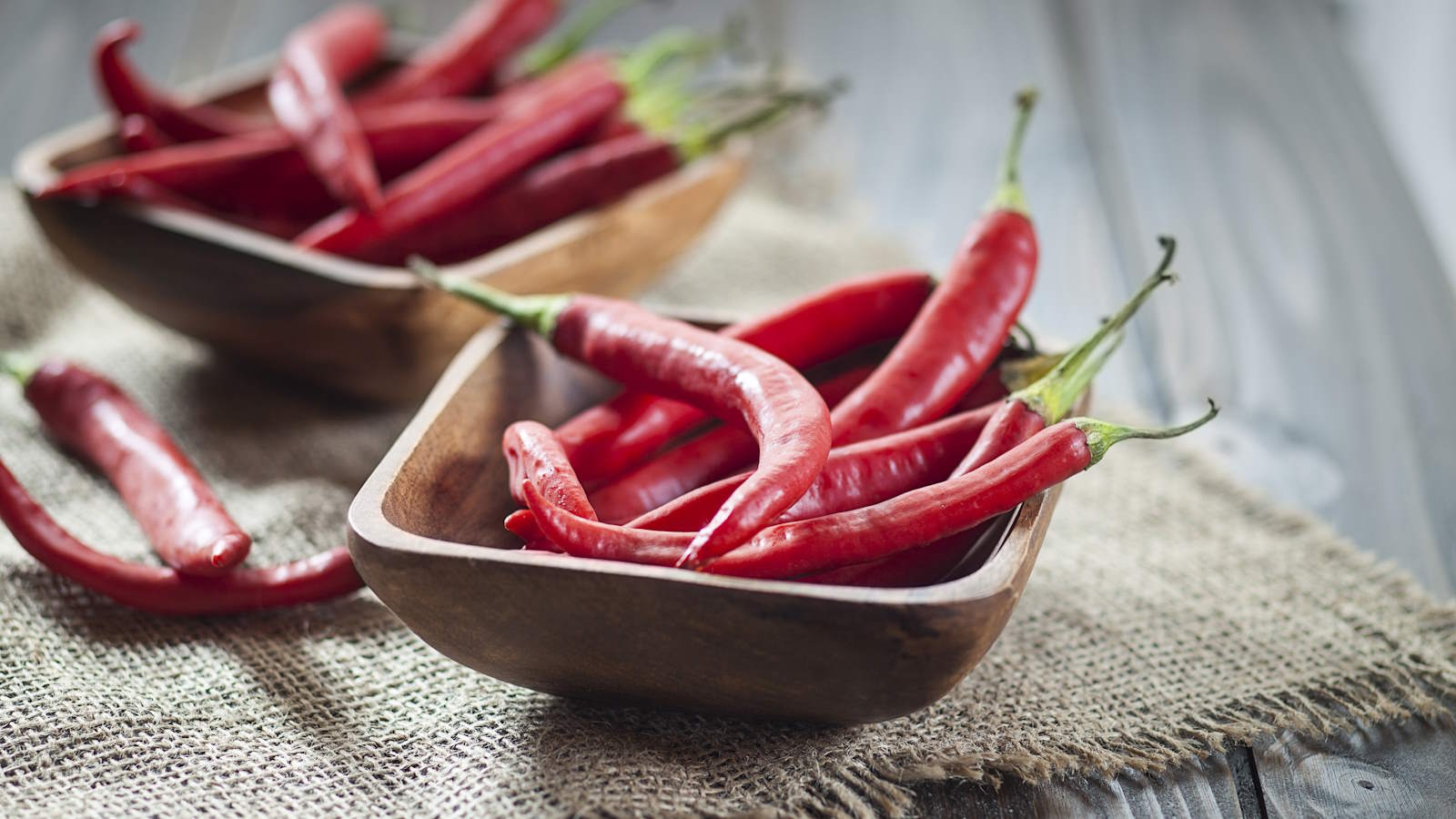
Are you seeking hotter peppers to provide extra heat to dishes? Maybe you've been disappointed by the heat levels of your chilis come harvest time? Well, some tricks can boost the heat of your peppers.
The heat of peppers is down to the levels of capsaicin contained within, which is the chemical compound that gives the fruits that heat. How and where you grow chili peppers can impact how much capsaicin develops in the fruits, which will impact the final heat of the peppers.
If you want to grow hotter peppers you need more capsaicin development, and there are some key ways to make that happen. Let’s look at four methods and hear from experts on how to get more heat from your homegrown peppers.
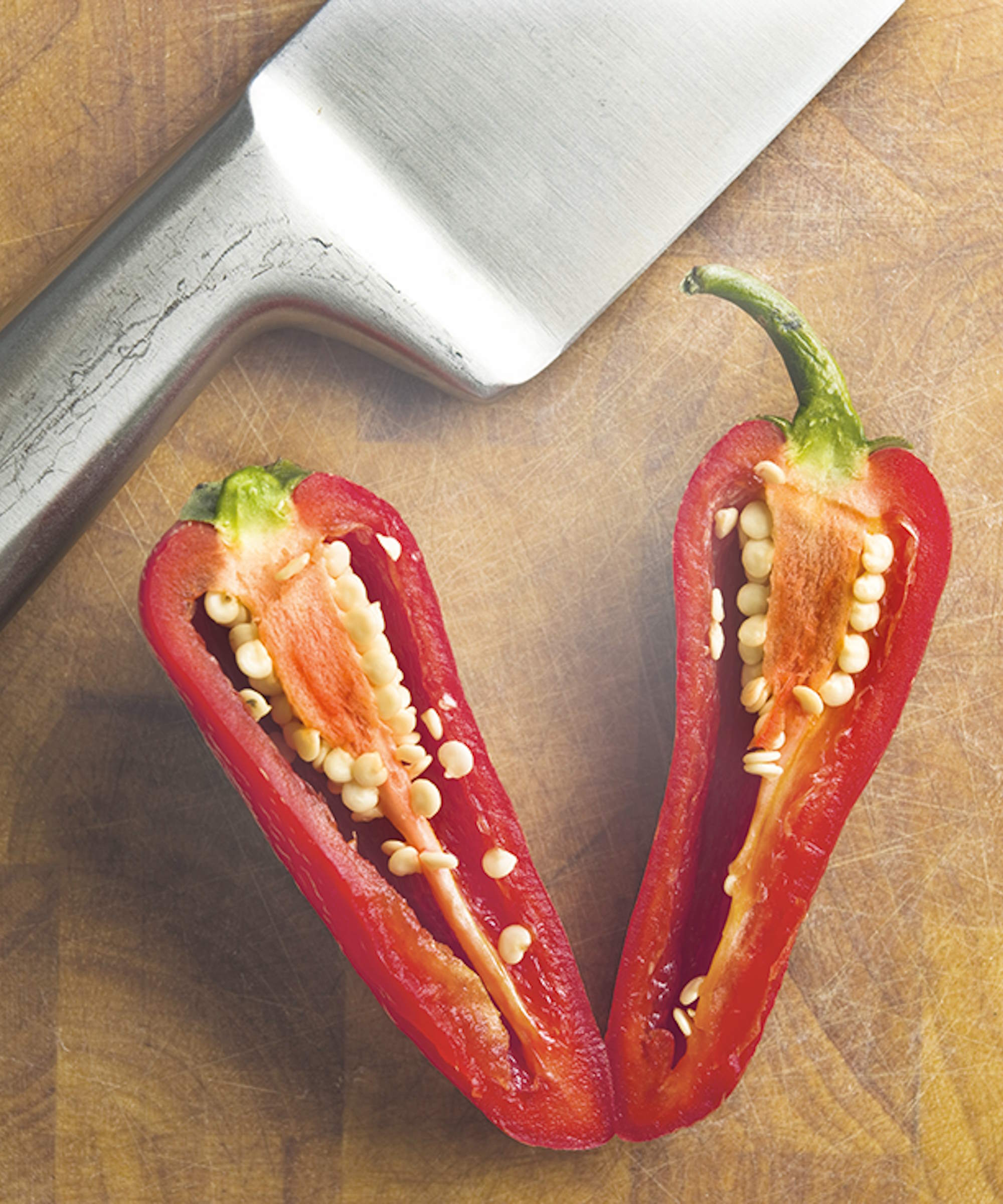
Capsaicin is contained in the fleshy part of the pepper that holds the seeds
4 ways to grow hotter peppers
There are hundreds of types of chili pepper to grow at home. These range in heat levels from mild peppers through to the ‘Pepper X’ variety, which holds the Guinness World Record title for the hottest chili at just under 2.7 million Scoville Heat Units - the level at which the heat is recorded. ‘Pepper X’ reached that level in 2023, usurping the ‘Carolina Reaper’, which had held the record for a decade.
If you want to grow the hottest peppers, pick a hot variety when planning and ordering seeds for the season. The heat level of a variety is linked to the genetics of the plant, but there are ways to push the heat to the maximum.
Shop hot chili pepper varieties
1. Harvest peppers later
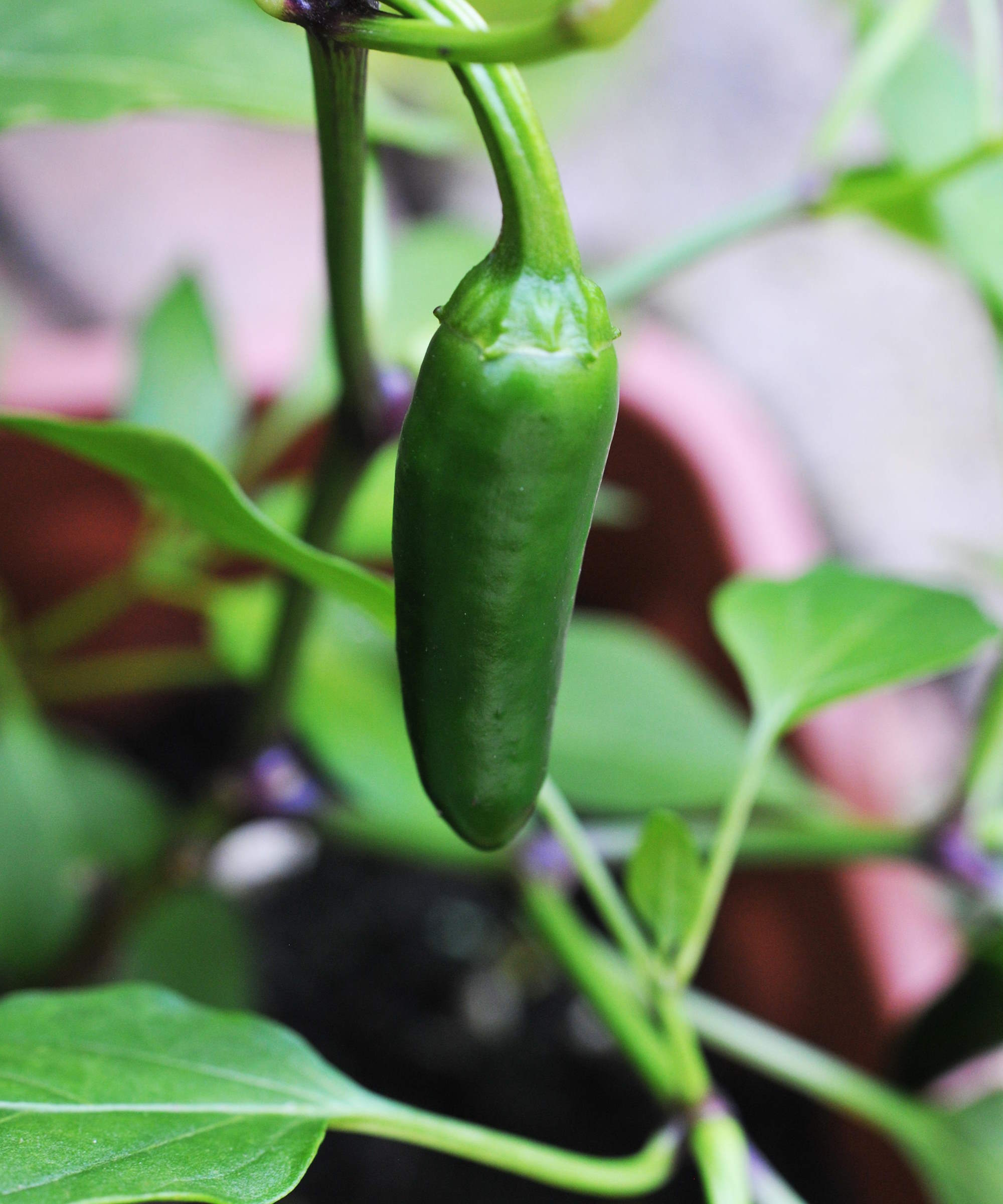
The color can show the maturity and heat of a pepper
Chili peppers have a long growing season, it requires patience and if you want hotter peppers then it pays to wait that little bit longer. Sowing seeds indoors early in the year can help give plants a head start on the season and the longer plants have to grow, the hotter the peppers can become.
Charmaine Peters, farm director at Arden, says: ‘To increase the spiciness of your peppers, allow the fruit to fully ripen on the plant.’
Design expertise in your inbox – from inspiring decorating ideas and beautiful celebrity homes to practical gardening advice and shopping round-ups.
Peppers can be harvested as soon as they are large enough to eat, but the color and heat of the peppers will change when allowed to mature on the plant. This is because capsaicin increases as the peppers mature. Showing restraint and leaving peppers on the plant as long as possible will reward you with hotter peppers.
The usual advice is to harvest chili peppers when they are immature as it will encourage more fruits to develop and give you a longer cropping season. However, if you want hotter peppers it may be a trade-off between getting hotter peppers but less quantity.
If you are trying to decide when to pick jalapeno peppers or cayenne peppers, it might be tricky to choose and come down to personal preference if you want lots of peppers or hotter peppers.

Charmaine Peters is the Farm Director at Arden, an Agrihood community in South Florida. She is an experienced farmer and a passionate advocate for health, nutrition, and supporting local communities with organic food.
2. Stress your plants
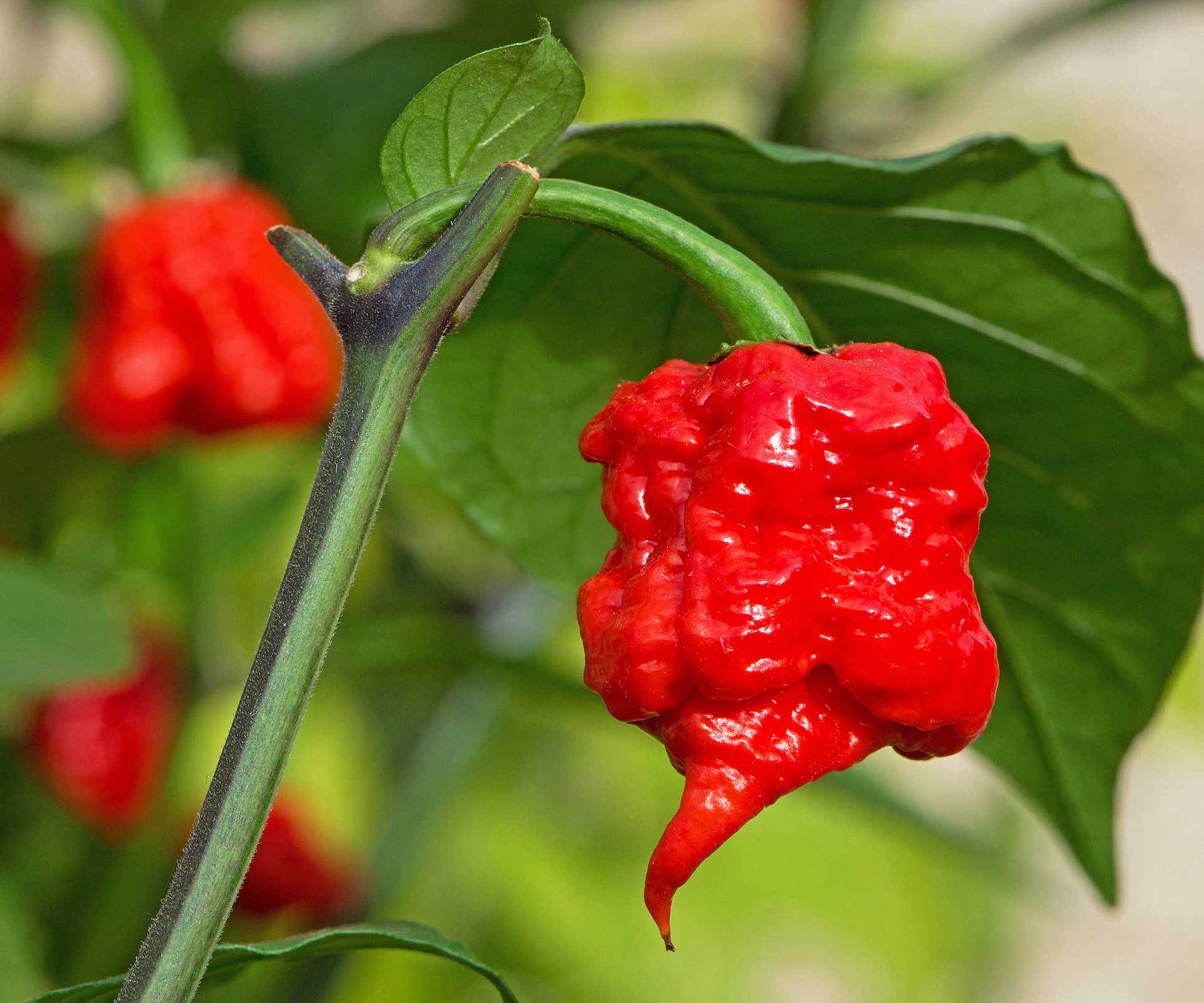
Hotter varieties of chili peppers can come in different shapes
Purposely stressing plants is not normal practise, however, subjecting chili peppers to extra stress can result in hotter peppers.
This can be done by holding back when you water plants after the pods have formed, which comes a week or two after the flowers are germinated, and exposing the plant to slightly drier conditions.
‘The amount of water that a pepper plant gets affects the amount of capsaicin it produces, which is the chemical in peppers that makes them hot,’ says Crystal Provenzano, general manager at Eden Brothers. ‘Less water does result in higher capsaicin production, which means hotter, more flavorful peppers.
‘The downside of this is that while the peppers will be hotter, the stress on the plant will result in it producing fewer fruits.’

Crystal is the green-thumbed maestro who’s been sowing smiles at Eden Brothers for a decade. Starting off in customer service, she’s blossomed into a garden guru and now holds the title of General Manager. But it’s not all about business meetings - this multitasking marvel is also a gardening enthusiast. From veggies to wildflowers, she’s grown it all.
3. Give them more heat indoors
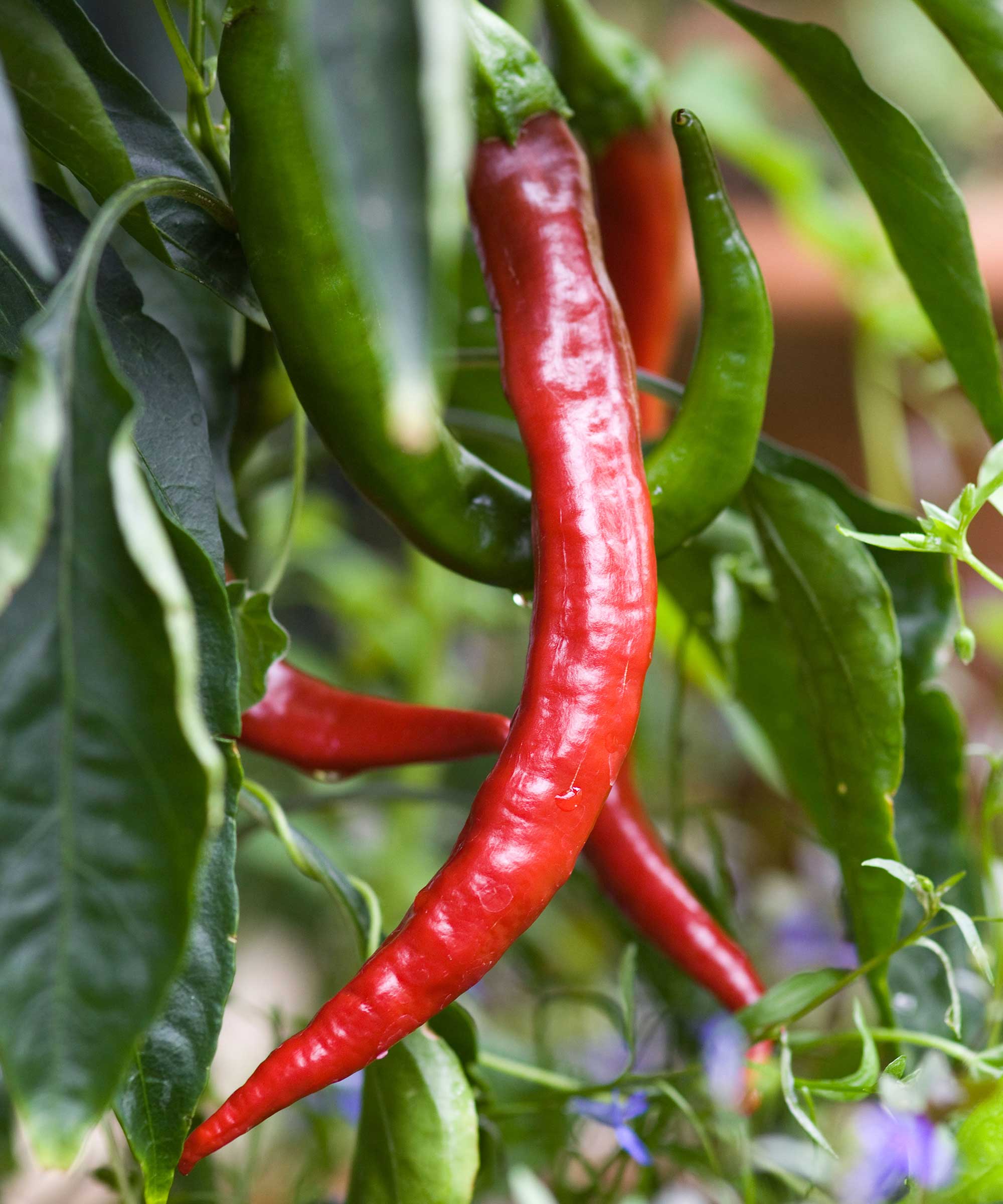
The hottest chili peppers will ripen completely on the plant
Chili peppers want lots of sunlight and heat to develop hotter peppers. It means growers in cooler US hardiness zones are best to grow plants in a greenhouse or polytunnel to give them enough warmth.
Any lack of light and heat will prevent fruits from reaching full maturity - and mature peppers mean hotter peppers as the capsaicin has time to fully develop. Chili peppers are fantastic crops to grow in a greenhouse as they will revel in the extra heat they provide and give you a top crop.
If you live in warmer climates and grow chili peppers outside, the plants need 6-8 hours of direct sunlight and temperatures to be constantly in the range of 70-80°F.
4. Don't add too much nitrogen
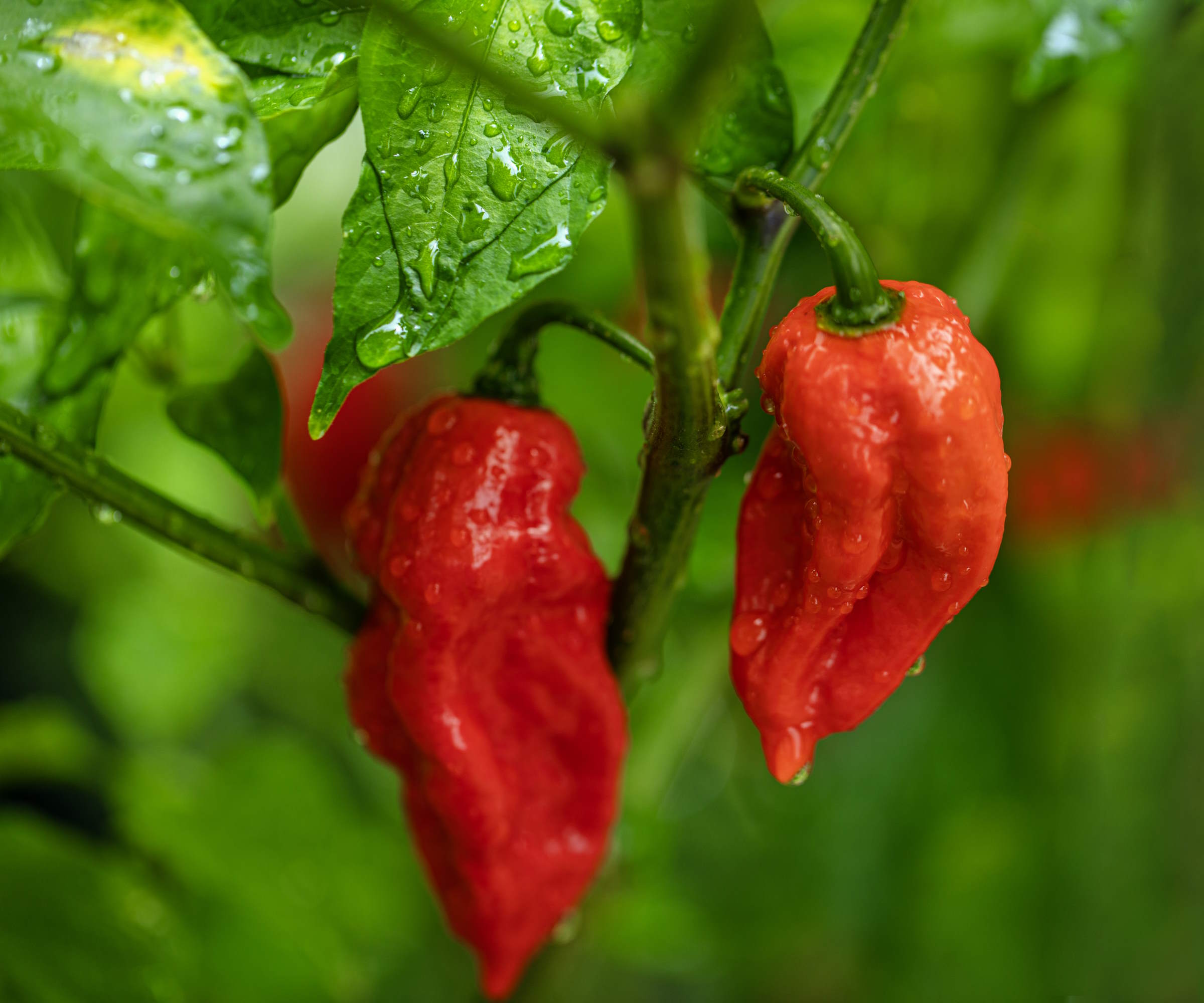
Hotter peppers bring both heat and flavor to lots of dishes
Chili peppers benefit from being fertilized at the time of planting and also when they are developing fruits. The plants can gain from nitrogen early in their growing life cycle, but adding lots of nitrogen as they develop can affect the peppers.
Using high-nitrogen fertilizers will encourage the plant to grow quickly and develop lots of foliage, but this will come at the expense of flowers and fruits. Fruits want the longest time possible to develop their flavor, ripen on the vine, and have lots of capsaicin. Feeding chili peppers with feeds higher in phosphorus and potassium once they start flowering will encourage fruit production.
Alternatively, not feeding chili plants at all can be a tactic to stress the plant. You may get hotter chilies as a result, but a much smaller harvest as the plant will struggle to grow and produce much fruit.
FAQs
Why are my home-grown peppers not hot?
A lack of heat can be due to plants not getting the light, heat, water, or nutrient levels they need to carry fruit to full maturity. Cross-pollination can also cause mild peppers that lack the heat that you seek. Growing different types of hot and sweet peppers too close together can cause cross-pollination that will affect the heat levels of fruits.
If you are growing jalapeno peppers, serrano peppers, or any other hot varieties, you may rather experiment with trying to get hotter peppers using some of the ways above. Consider trialling the techniques on some plants to compare the results. That way, you can get the best of both worlds, maximum yields from some plants and maximum heat from others.

Drew has worked as a writer since 2008 and was also a professional gardener for many years. As a trained horticulturist, he worked in prestigious historic gardens, including Hanbury Hall and the world-famous Hidcote Manor Garden. He also spent time as a specialist kitchen gardener at Soho Farmhouse and Netherby Hall, where he grew vegetables, fruit, herbs, and cut flowers for restaurants. Drew has written for numerous print and online publications and is an allotment holder and garden blogger. He is shortlisted for the Digital Gardening Writer of the Year at the 2025 Garden Media Guild Awards.
